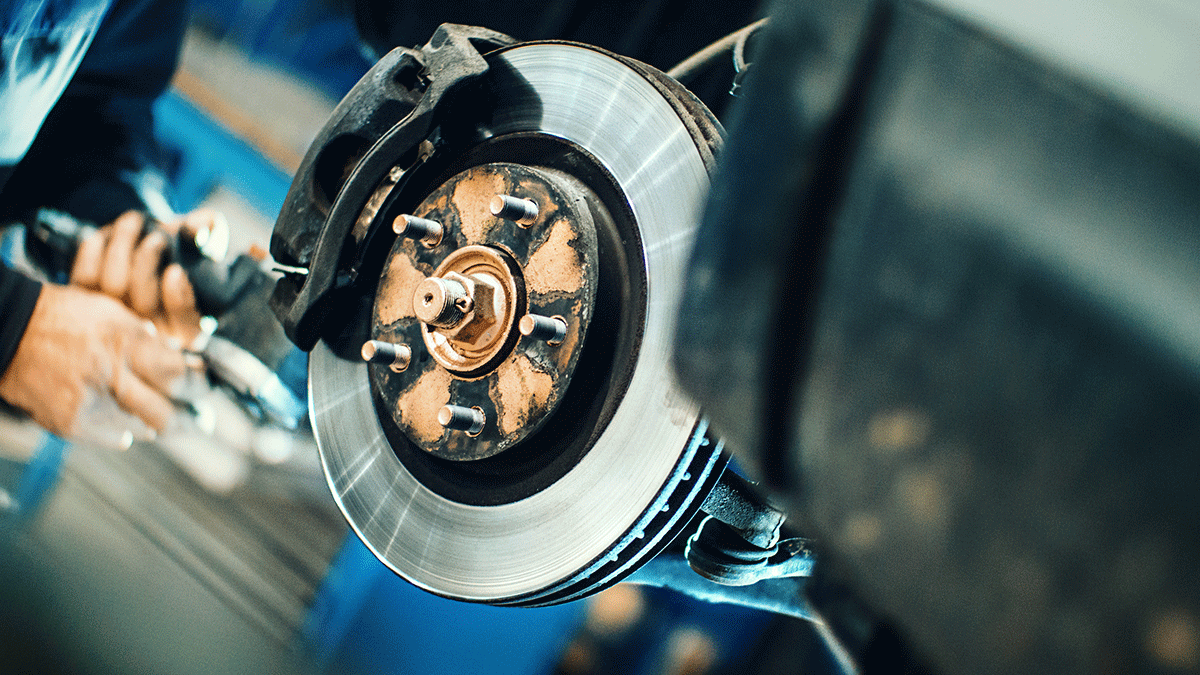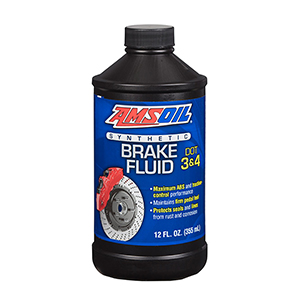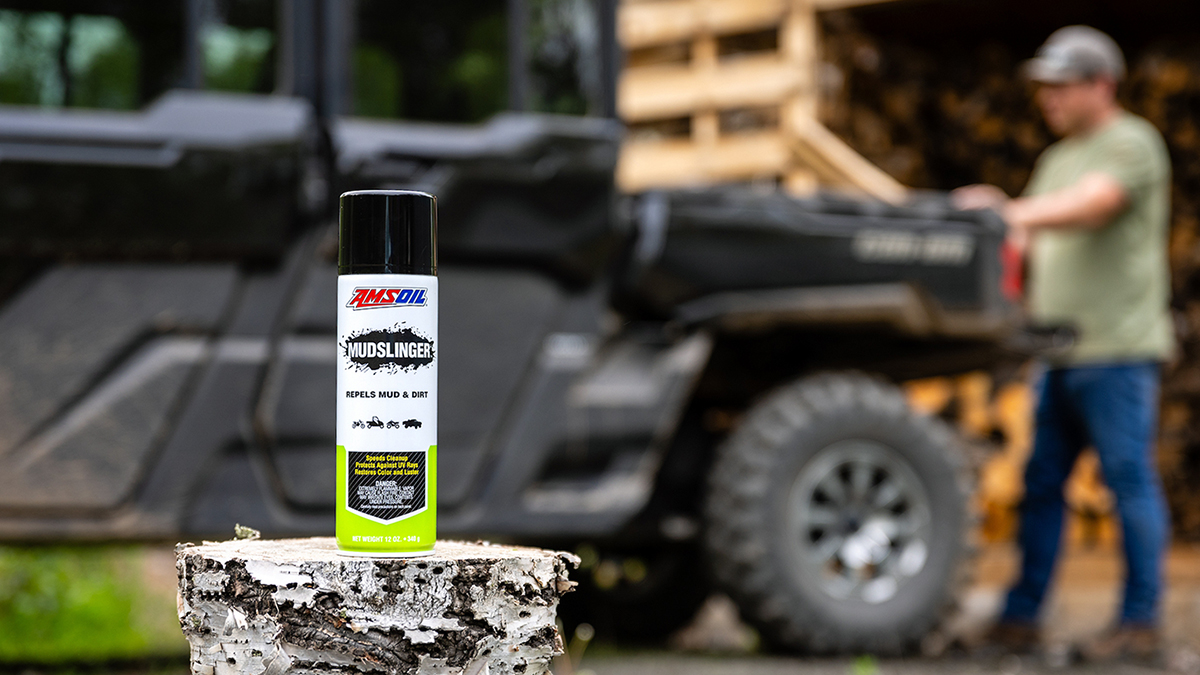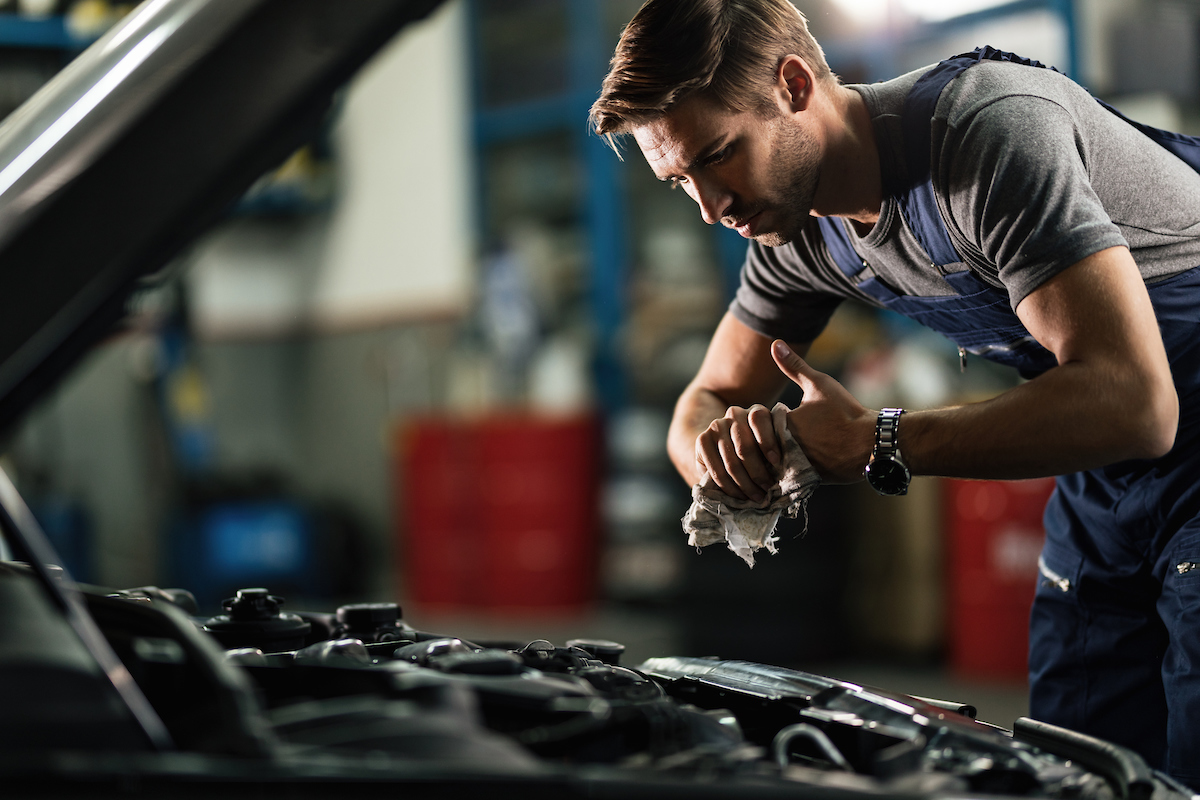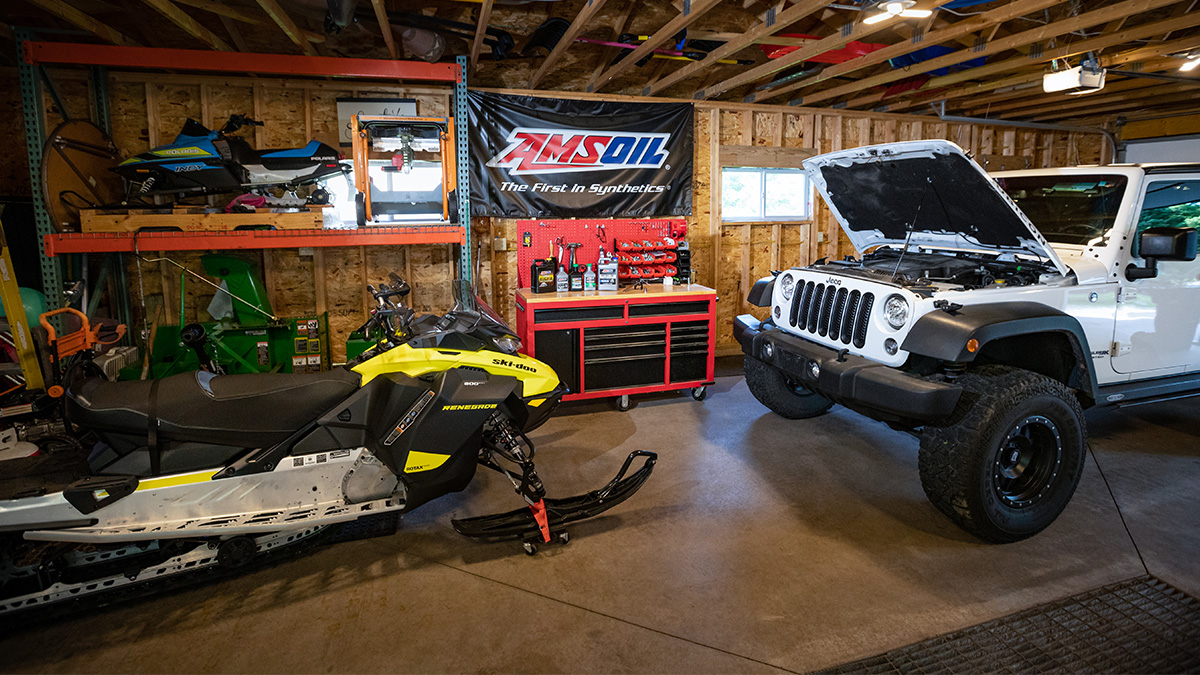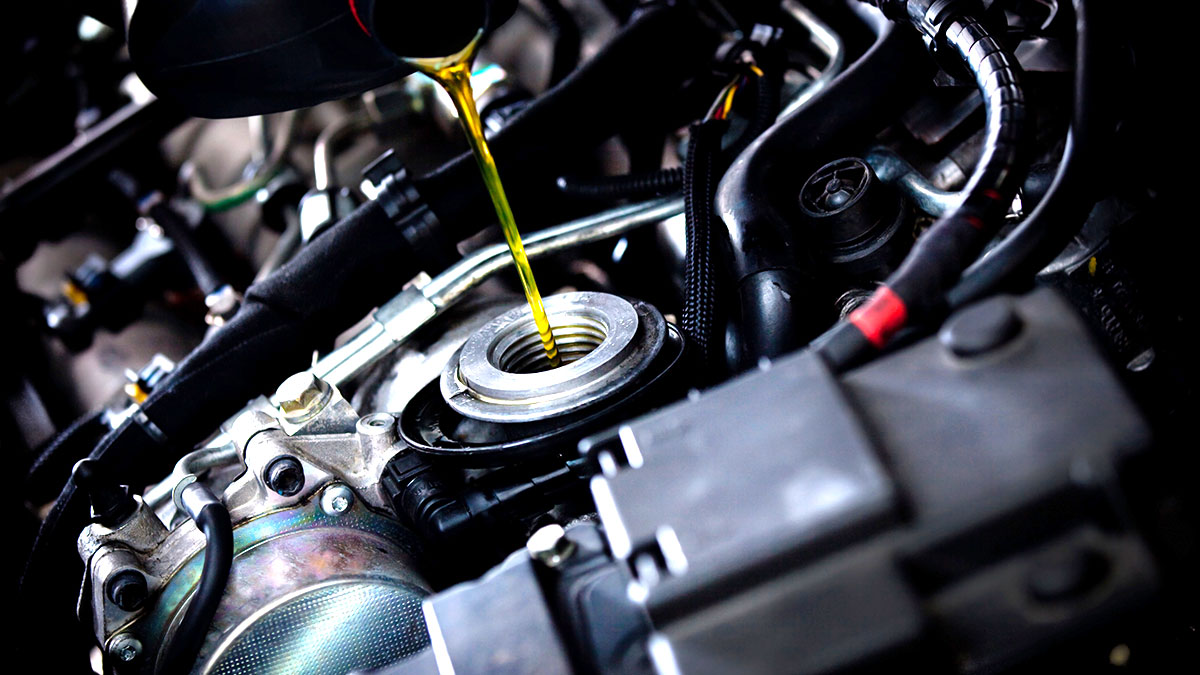Here is the short answer: Yes, brake fluid can go bad.
Brake fluid absorbs moisture, which reduces its performance. For that reason, it’s best practice to change brake fluid every two years. However, brake fluid is one of the maintenance items that drivers miss most often.
People rarely change their brake fluid before it goes bad. They often wait until they hear the grinding sound from the wear indicator on the brakes, change the brake pads and bleed the brakes in the process.
Why Does Brake Fluid Go Bad?
Brake fluid is hygroscopic. That means it likes water, just like a sponge. In fact, brake fluid is notorious for absorbing water.
Common brake-fluid testing devices on the market solely test for moisture in the fluid. Here comes the kicker: even if you do everything in your power to prevent moisture absorption, you can still have issues. Brake fluid can absorb moisture in a variety of ways – through the packaging process, while pouring it into the reservoir and even through the brake fluid lines.

How Bad is “Bad”?
Since brake fluid is hygroscopic, required testing simulates real-world field conditions.
One of the key testing parameters is the brake fluid’s boiling point. The wet & dry boiling points are tested to help communicate the quality of a brake fluid. Check out this post for more, but here is a quick description of boiling points:
Dry boiling point (ERBP): Measures the boiling point of the fresh fluid right out of the bottle before it has been exposed to, and contaminated by, moisture.
Wet Boiling point (WERBP): Measures the boiling point of fluid after it has had time to absorb moisture from its surroundings, similar to conditions under which the average vehicle operates (3.7% water contamination, to be exact).
AMSOIL DOT 3 & DOT 4 Synthetic Brake Fluid is purpose-built to perform in wet conditions. With a wet boiling point of 368°F (187°C), it far exceeds the minimum requirements of 284°F (140°C) for DOT 3 fluid and 311°F (155°C) for DOT 4 fluid.
How Long Does Brake Fluid Last?
In ideal conditions, an unopened bottle of brake fluid lasts about two years. It’s best to use a new bottle of brake fluid every time you need it because the fluid attracts moisture as soon as it is opened.
Once in your vehicle, brake fluid life is based on the application in which it’s used. Operating conditions – and, thus, fluid life – vary depending on the environment, equipment type and application.
In high-humidity areas, moisture is absorbed through the hoses and seals. Racers change brake fluid more often due to significantly higher operating temperatures. To that point, the dry boiling point tends to matter more. That’s why we formulated AMSOIL DOMINATOR® DOT 4 Racing Brake Fluid to deliver an impressive 580°F (304°C) dry boiling point.
